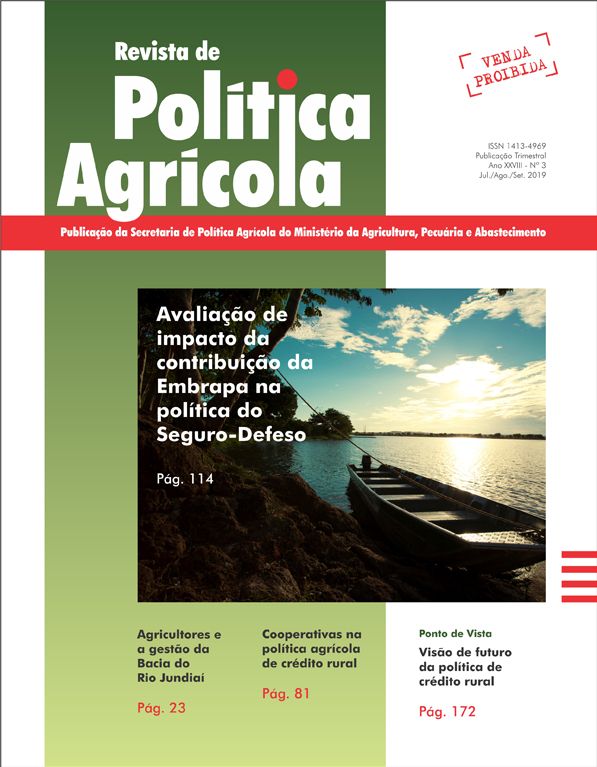Conditionings of the unemployment severity in rural areas in Brazil in 2005 and 2015
Keywords:
severe unemployment, Probit, rural zoneAbstract
This work investigates the unemployment severity observed in rural areas of Brazil. In the manner of Arruda et al. (2018) we define unemployment severity as the state in which the worker is unemployed for more than a year, but still seeks employment. For this research, data from the National Household Sample Survey (PNAD) and Probit models are used. In addition, in order to observe different conjuncture scenarios, analyzes were carried out for the years 2005 and 2015. The results show that individuals in rural areas most likely to remain unemployed for more than a year are women, non-blacks, non-heads household, with lower education, and the youngest. In terms of marginal effects, the level of education was the most important factor in the incidence of unemployment severity. The results indicate that illiterate individuals have a probability of 96% and 30% higher (for 2005 and 2015, respectively) of entering this condition, in relation to those with higher education. Similarly, this chance is 32% and 9% higher for individuals with elementary education. Therefore, the evidences observed in this study point to the importance of policies to stimulate first employment for the young, to promote education, especially to reduce illiteracy, and to encourage female participation in the labor market of rural areas in order to mitigating the perverse effects of this problem.Downloads
Published
2019-12-09
How to Cite
Ricardo, B. R. L., Arruda, E. F., & Brito, A. C. (2019). Conditionings of the unemployment severity in rural areas in Brazil in 2005 and 2015. Revista De Política Agrícola, 28(3), 38. Retrieved from https://rpa.sede.embrapa.br/RPA/article/view/1394
Issue
Section
Artigos Científicos


